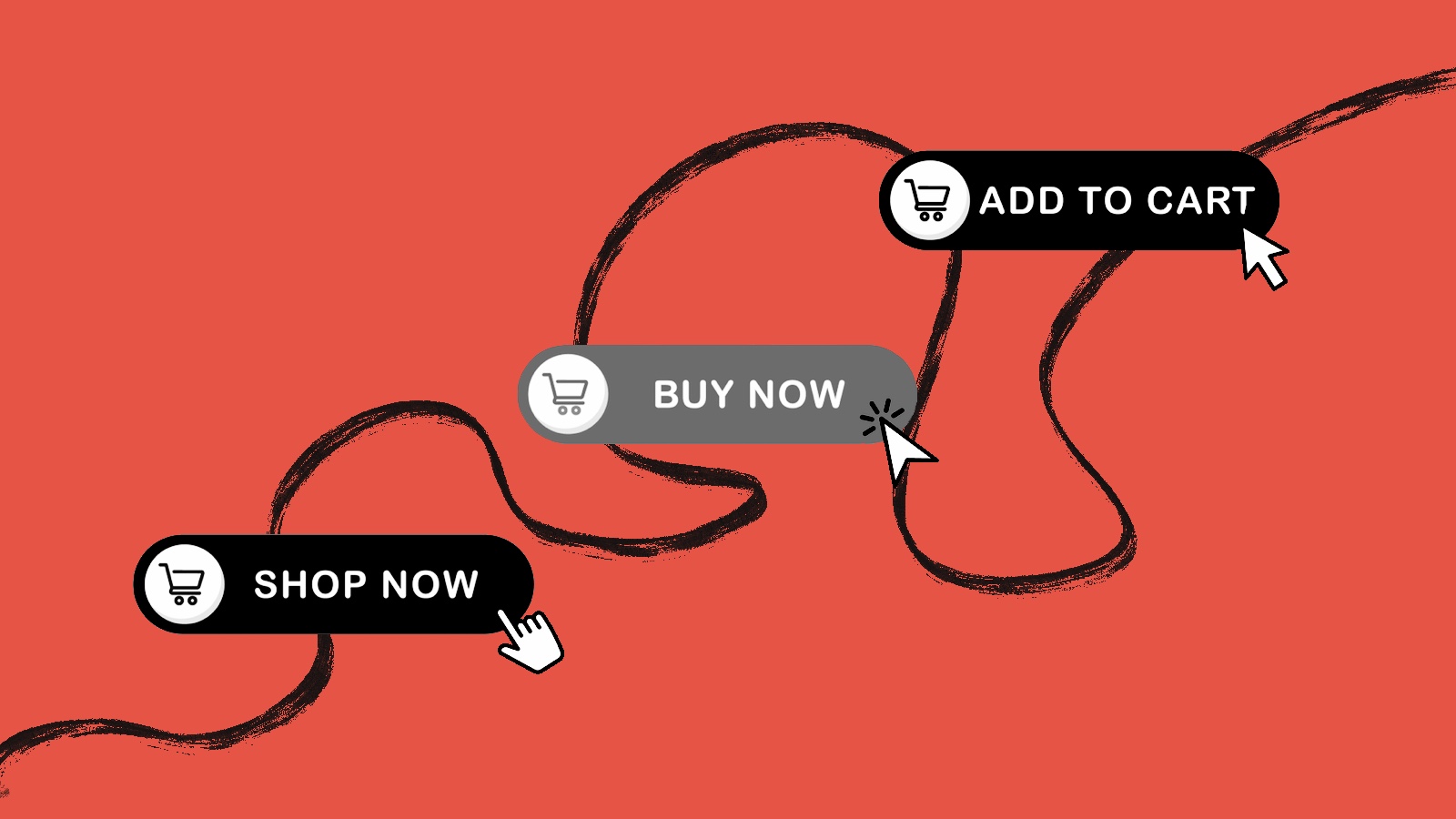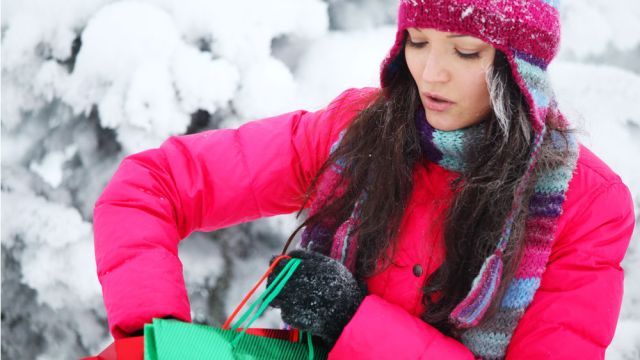How to Resist the Irresistible

What’s the Big Idea?
Do holiday sales make your palms sweat, eliciting the kinds of emotional reactions (pressure, nervousness, glee) you’d usually reserve for loved ones? That’s because they’re designed to. As anyone who has run out for a box of trash bags and returned with a lifetime supply of decorative candy canes and a few hundred yards of tinsel knows, there is a difference between what you actually need and what you grab off the shelf in the heat of the moment, with “Santa Baby” playing in the background. It is that moment that retailers rely on to persuade you to buy not one, but two electric carving knives. Or winter coats. Or pairs of shoes. Or cans of peaches.
“There’s a very, very deep art and science to pricing,” says Lee Eisenberg, author of Shoptimism: Why the American Consumer Will Keep on Buying No Matter What. To research his book, the former Esquire editor took a job as a Target clerk, so he has an insider’s understanding of how we’re subconsciously moved to consume. “Lots of studies have been done on what kinds of offers, for example, are likely to push us from ‘I don’t want it’ to ‘Oh, it looks like a pretty good thing, good deal, I’ll buy it.’ None of these things is necessarily wrong. They probably say more about how our brains work than about anybody’s malevolent intent.” Watch:
What’s the Significance?
The National Retail Federation estimates that holiday sales will rise 2.8% this year to about $466 billion. But just as you are more than the sum of your biology when dieting, you are also not your inner materialist. Resist the urge to buy something you don’t need by recognizing these four industry tricks:
Setting and advertising the price with the word “only” or “just”. Studies have found that the mere insertion of these words in an advertisement will tip the balance, pushing an otherwise frugal person to buy.
Planting suggested reasons for why something might be useful. The classic one is “101 uses,” or, “buy one for a picnic; buy one to keep in the refrigerator; buy one for your car.” You get a sense that okay, it’s pretty good to buy three of those because I’m going to get a lot of use out of it. And those three-for-$6 deals? Intended to move us from our original intent to buy one, towards buying six.
The Good, Better, Strategy. A retailer will offer three different versions of an item–one with lots of features that sells for a high price, a basic model that sells for much less, and one priced just in between. The idea is to sway towards seeing the mid-priced item as just right. “The reason it tends to work,” says Eisenberg, “is that we reference the value of that middle by the ones on the two extremes. Because there’s an expensive version in the store, we immediately assume, often rightly, that the store has really good things, really quality things, and the prices to prove it. At the same time, the lowest-end one seems to be a really good value, so it’s really not that high-priced; I can shop in this store pretty easily. So that middle… one represents a really good value. In the trade it’s called the good, better, best strategy.”
The Halo Effect. “Coach is a brilliant retailer at measuring their prices against the economic moment,” Eisenberg explains. “They know that in times like these, people are not going to be spending many hundreds of dollars on a handbag, by and large. We might spend a bit of money on a change purse or a small wallet or something like that. So what a Coach will do, and other stores will do, is often take a very expensive bag and bathe it in beautiful halogen light so that it shimmers and casts, in effect, a halo over what is placed around that expensive bag.” These are the smaller, low-priced items like wallets, keychains, gloves. “Compared to that bag, you know, even a $300 cashmere sweater seems pretty cheap. Of course it isn’t for most people. But it’s a way that the retailer has of sort of relieving us of some of the guilt that might be attached to buying a wallet that we don’t really need or a cashmere sweater that’s expensive but we can kind of afford.”
Image courtesy of Shutterstock




